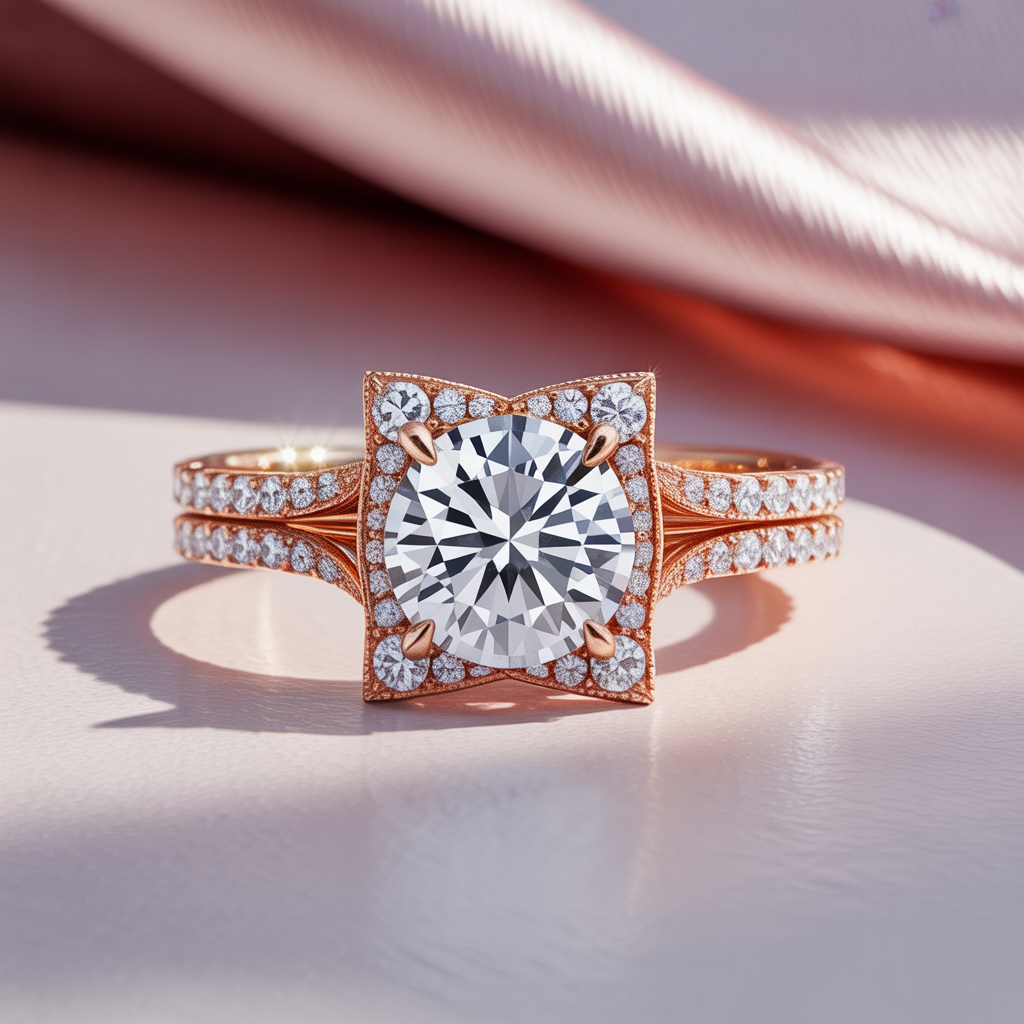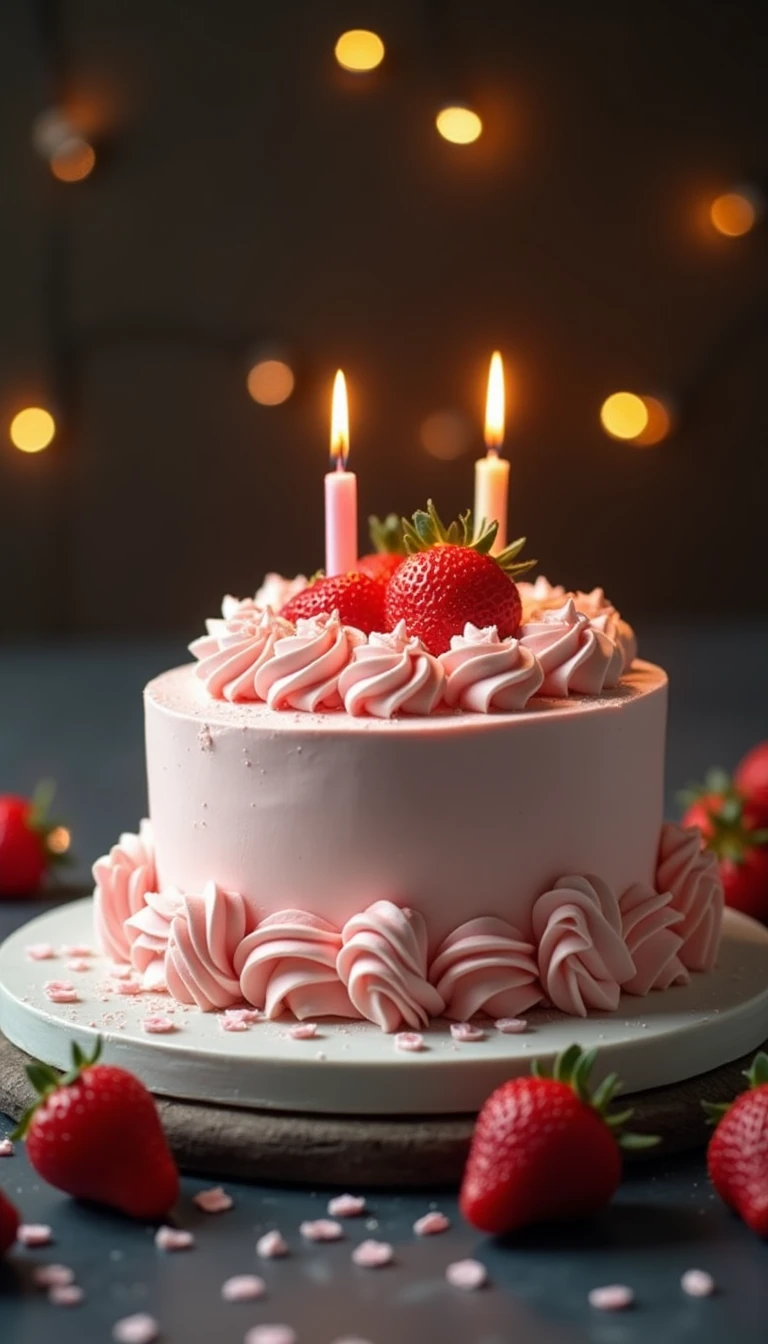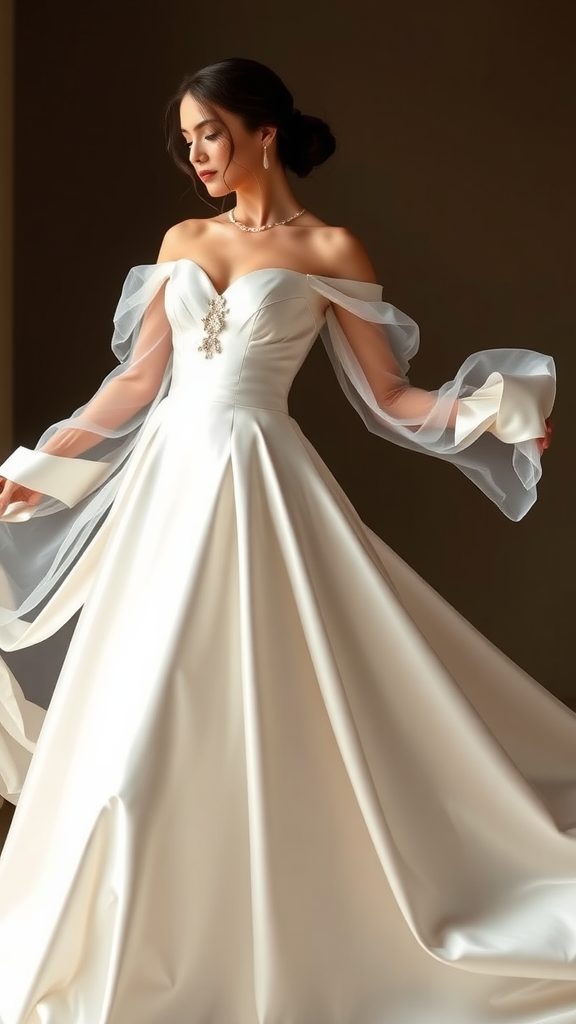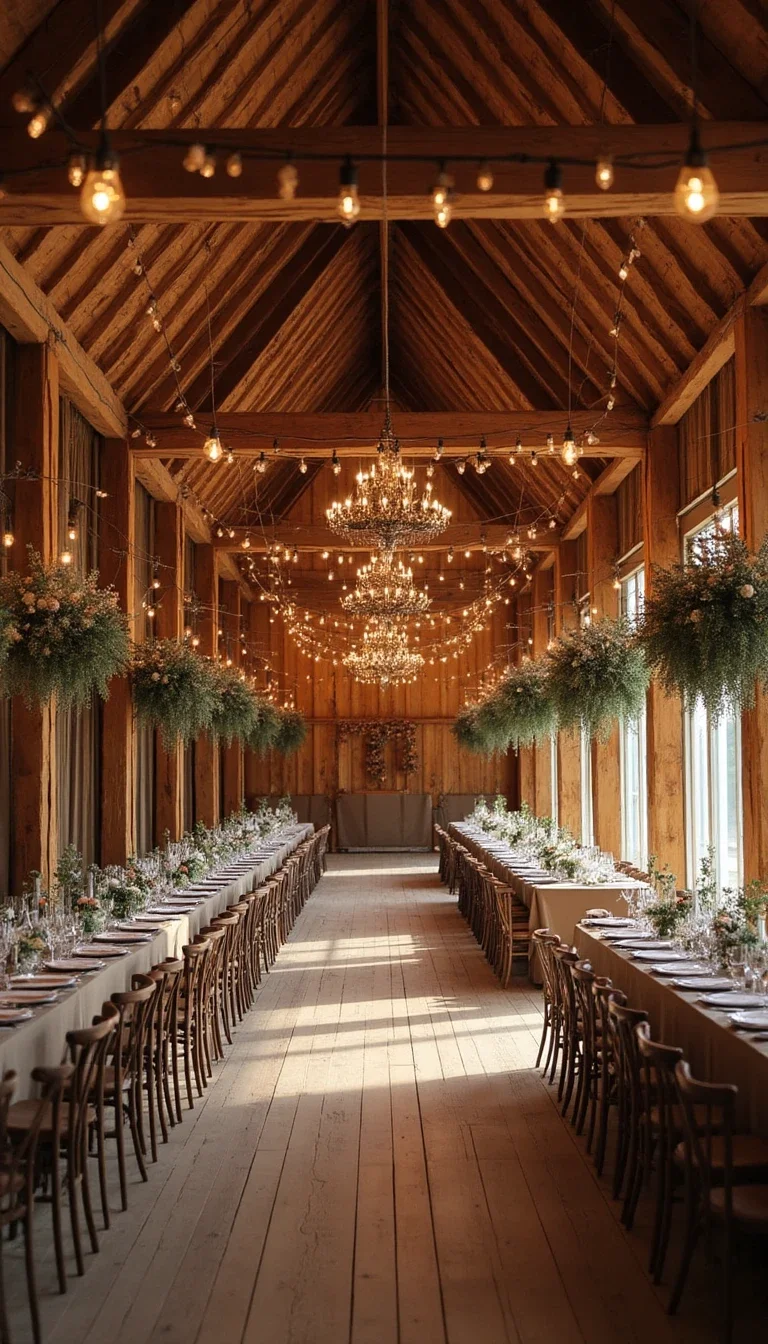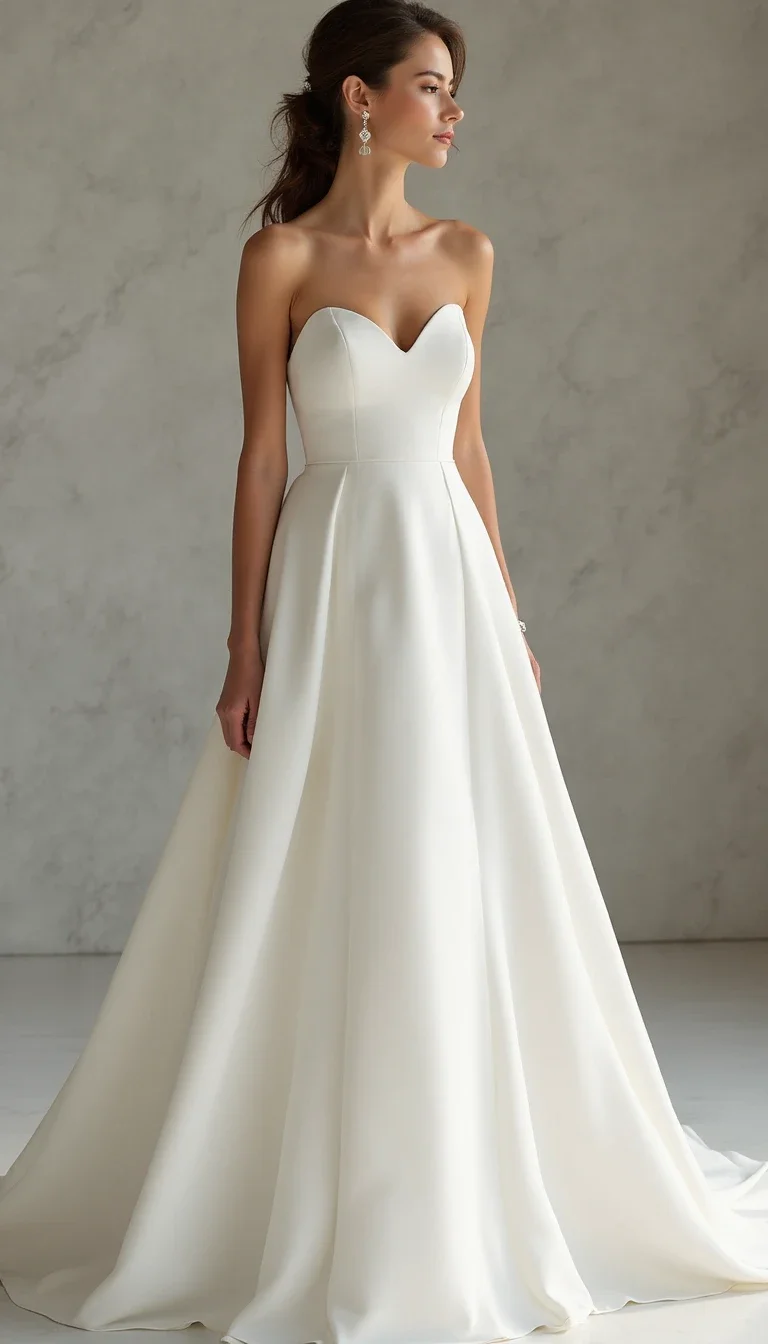Engagement Rings Are Bigger and More Expensive Than Ever—So Why Are We Wearing Them Less?
Introduction
Engagement rings have always held significant cultural value, often symbolizing love and commitment. In recent years, a noticeable trend has emerged where these rings are not only larger but also more expensive than ever before. However, alongside this increase in size and cost, there is a perplexing decline in the frequency with which people wear them. This article seeks to explore the reasons behind this trend, examining the cultural shifts that have influenced engagement ring customs.
Definitions
To understand the current landscape of engagement rings, it is essential to define key terms. An engagement ring typically signifies a formal proposal of marriage, often featuring a prominent gemstone, usually a diamond. The term ‘bigger’ refers not only to the physical size of the ring but also to the carat weight of the diamond, while ‘more expensive’ pertains to the overall cost, which can include factors such as materials, craftsmanship, and brand value.
Key Concepts
Several concepts are pivotal in understanding the engagement ring market. First, the ‘Four Cs’—cut, color, clarity, and carat—significantly affect a diamond’s value and appearance. Additionally, the rise of social media has influenced consumer expectations, where lavish displays are often showcased. Furthermore, shifting societal norms around marriage and commitment have altered the significance placed on these rings, prompting many to reconsider their purpose.
Another critical aspect is the psychological impact of materialism in relationships. Many couples now weigh the financial implications of purchasing expensive rings against their long-term financial goals, leading to more thoughtful decisions regarding engagement jewelry.
Examples
Several high-profile celebrities exemplify the trend of extravagant engagement rings. For instance, the engagement ring worn by Beyoncé, featuring an 18-carat diamond, has set a benchmark for luxury. Similarly, Ariana Grande’s pear-shaped diamond ring, valued at approximately $200,000, highlights the increasing costs associated with these symbols of love.
On the other hand, some couples opt for less traditional choices, such as vintage rings or alternative gemstones like sapphires and emeralds, which can still carry significant emotional value without the associated costs of diamonds. This shift reflects a growing trend towards personalization and sustainability in jewelry choices.
Pros and Cons
There are both advantages and disadvantages to the current trend of larger and more expensive engagement rings. On the positive side, larger rings can symbolize a deep emotional commitment and personal style. They can also serve as a status symbol, reflecting the couple’s financial stability.
Conversely, the pressure to purchase an expensive ring can lead to financial strain. Additionally, with the rise of alternatives and changing societal values, the significance of size and cost may diminish, leading some to question whether these factors should remain central to engagement traditions.
Case Study
A relevant case study is the engagement ring market of the past decade. According to industry reports, the average cost of engagement rings has risen significantly, with some estimates placing it above $6,000. However, consumer behavior has shifted; many buyers are now seeking rings that reflect personal values rather than conforming to traditional standards.
This shift can be attributed to changing demographics and attitudes towards marriage, as millennials and Gen Z prioritize experiences and sustainability over material possessions. Jewelers are adapting by offering more diverse options, including lab-grown diamonds and ethically sourced materials.
Future Trends
Looking ahead, the engagement ring market is expected to continue evolving. As younger generations become more environmentally conscious, the demand for sustainable and ethically sourced jewelry will likely increase. Additionally, customization options will become more prevalent, allowing couples to design rings that reflect their unique stories.
Furthermore, the decline in everyday wear may lead to a rise in alternative engagement practices, such as couples choosing to forgo rings altogether or opting for symbolic items that are less tied to traditional expectations.
Conclusion
The engagement ring market is currently experiencing a paradox of bigger, more expensive rings being worn less frequently. This phenomenon is influenced by various factors, including cultural shifts, changing values around marriage, and the evolving perceptions of what engagement symbols should represent. As society continues to progress, the future of engagement rings will likely embrace a more personalized and sustainable approach, reflecting the preferences of modern couples.

